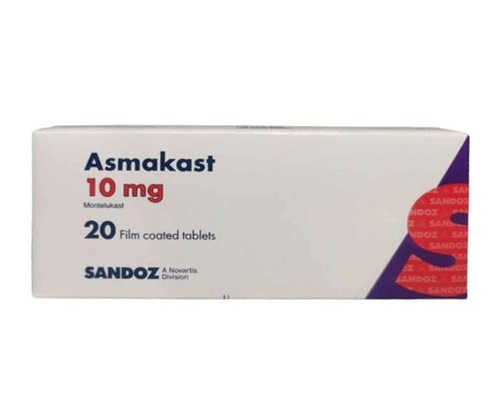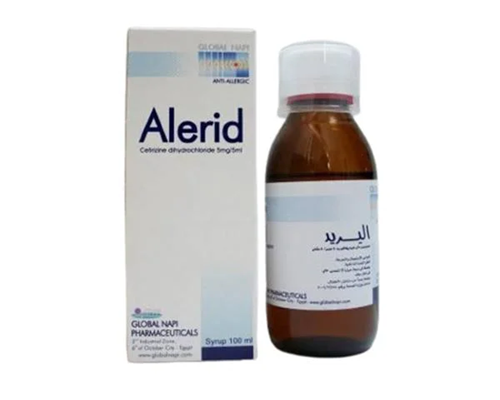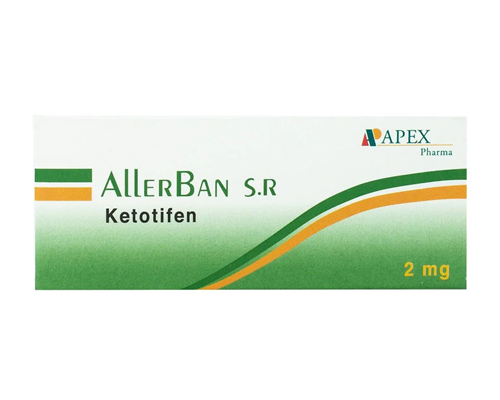Description
Trade name:
Telfast
Composition:
Each film-coated tablet contains:
Fexofenadine hydrochloride 120 mg.
Properties:
Telfast is an antihistamine drug that is an antagonist of histamine H-1 receptors. It does not have a sedative or other effect on the central nervous system. The antiallergic effect appears after 1 hour, maximum after 6 hours, continues to act for 24 hours.
Indications:
Elimination of symptoms associated with seasonal allergic rhinitis (SAR) in adults and children from 12 years of age.
Method of administration and dosage:
Allergic rhinitis: 60 mg (1/2 tablet) 2 times a day before meals.
SAR symptoms: 120 mg 1 time per day.
Patients at risk. Studies in special risk groups (elderly patients, patients with renal and hepatic insufficiency) have shown that no dosage adjustment is required for patients in these categories.
Contraindications:
Hypersensitivity to fexofenadine, terfenadine or other components of the drug.
Pregnancy, lactation, children under 6 years of age.
Precautions:
Studies of the elderly, patients with liver failure and patients with heart disease exposed to fexofenadine have not revealed statistically significant differences compared to healthy people. As with most new drugs, data on the elderly and patients with renal or hepatic insufficiency are limited. Fexofenadine hydrochloride should be prescribed with caution in these special groups. The recommended dose of the drug should not be exceeded. Do not drink fruit juices at the same time as fexofenadine: grapefruit, orange and apple can reduce its effectiveness.
Drug interactions:
Combination with ketoconazole and erythromycin may increase the concentration of fexofenadine in the plasma. Antacid containing aluminum and magnesium may reduce the absorption of fexofenadine, the recommended time interval between doses of these substances should be at least 2 hours.
Effect on the ability to drive and perform work requiring concentration: it is possible to perform work requiring high concentration and speed of psychomotor reactions (except for patients with an abnormal reaction). Therefore, it is recommended to check the individual reaction to fexofenadine before engaging in such activities.
Side effects:
Fexofenadine is usually well tolerated. The most common (1-10% of cases) reported headache, fatigue, dizziness or drowsiness, nausea. In placebo-controlled studies, weakness, insomnia, nervousness, sleep disturbance, tachycardia, palpitations, diarrhea were noted with a frequency of less than 1%. In rare cases (less than 0.1%), exanthema, urticaria, itching, Quincke’s edema, difficulty breathing, dyspnea, skin redness, anaphylactic reactions were observed.
Pregnancy category B: There are no adequate and well-controlled studies in pregnant women. Fexofenadine should be used during pregnancy only if the potential benefit justifies the potential risk to the fetus.
Lactation: There are no data on the content of fexofenadine in breast milk when taken by breastfeeding women. Its penetration into breast milk was observed. The use of fexofenadine during the breastfeeding period is not recommended.
Storage method:
Store at room temperature out of the reach of children.
Packaging:
A cardboard box contains 2 blisters of 10 tablets and paper instructions.









